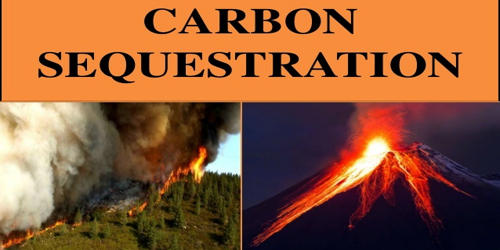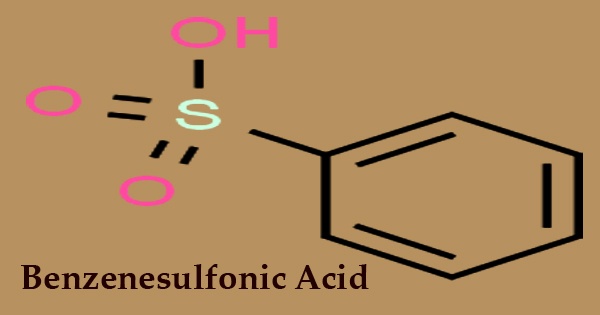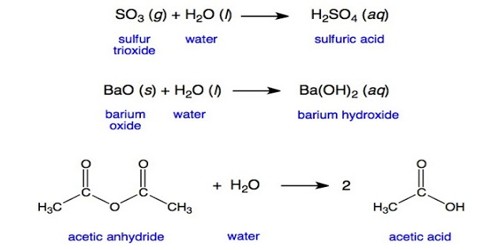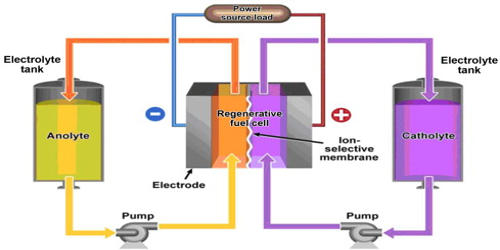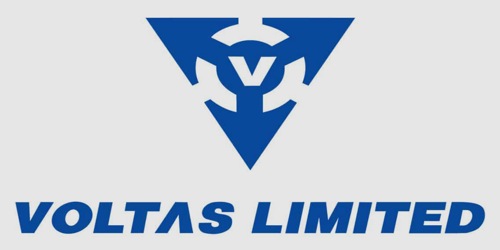Carbon dioxide is the most commonly produced greenhouse gas. Carbon sequestration or carbon dioxide removal (CDR) is the long-term removal, capture, or sequestration of carbon dioxide from the atmosphere to slow or reverse atmospheric CO2 pollution and to mitigate or reverse global warming. It is one method of reducing the amount of carbon dioxide in the atmosphere with the goal of reducing global climate change. It is the process of capturing and storing atmospheric carbon dioxide. Carbon sequestration is capturing the carbon dioxide produced by burning fossil fuels and storing it safely away from the atmosphere.
Carbon sequestration occurs both naturally and as a result of anthropogenic activities and typically refers to the storage of carbon that has the immediate potential to become carbon dioxide gas. Carbon dioxide (CO2) is naturally captured from the atmosphere through biological, chemical, and physical processes. These changes can be accelerated through changes in land use and agricultural practices, such as converting crop and livestock grazing land into land for non-crop fast-growing plants. In response to growing concerns about climate change resulting from increased carbon dioxide concentrations in the atmosphere, considerable interest has been drawn to the possibility of increasing the rate of carbon sequestration through changes in land use and forestry and also through geoengineering techniques such as carbon capture and storage.
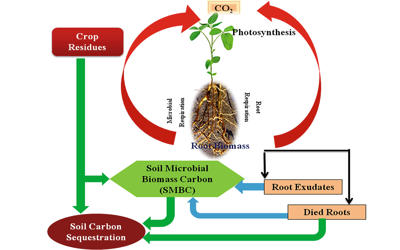
Fig: A Common Carbon Sequestration
Carbon sequestration can be defined as the capture and secure storage of carbon that would otherwise be emitted to, or remain, in the atmosphere. Artificial processes have been devised to produce similar effects, including large-scale, artificial capture and sequestration of industrially produced CO2 using subsurface saline aquifers, reservoirs, ocean water, aging oil fields, or other carbon sinks, bio-energy with carbon capture and storage, biochar, ocean fertilization, enhanced weathering, and direct air capture when combined with storage.
Carbon sequestration secures carbon dioxide to prevent it from entering the Earth’s atmosphere. The idea is to stabilize carbon in solid and dissolved forms so that it doesn’t cause the atmosphere to warm. The likely need for CDR has been publicly expressed by a range of individuals and organizations involved with climate change issues, including IPCC chief Rajendra Pachauri, the UNFCCC executive secretary Christiana Figueres, and the World Watch Institute. Institutions with major programs focusing on CDR include the Lenfest Center for Sustainable Energy at the Earth Institute, Columbia University, and the Climate Decision Making Center, an international collaboration operated out of Carnegie-Mellon University’s Department of Engineering and Public Policy.
